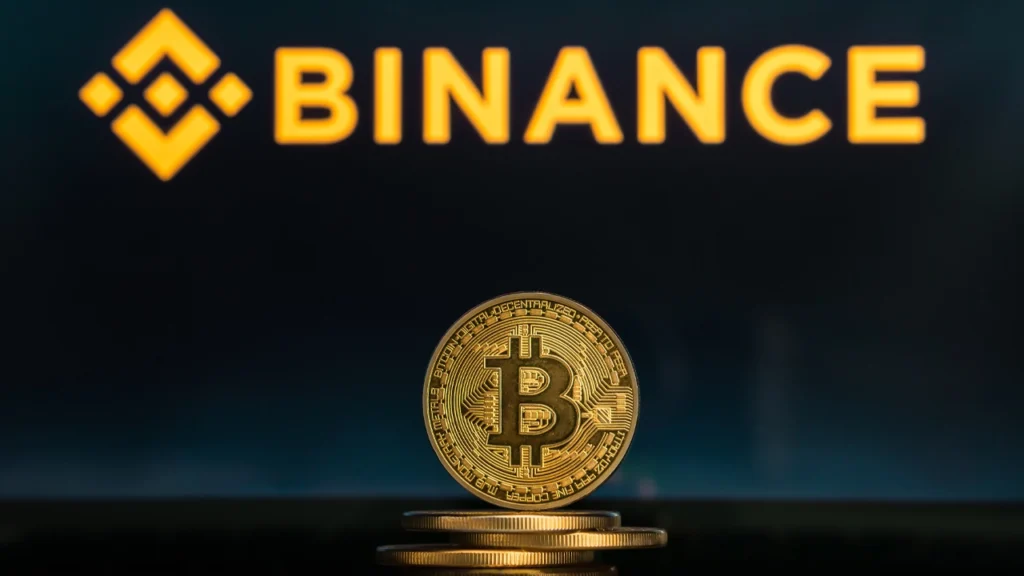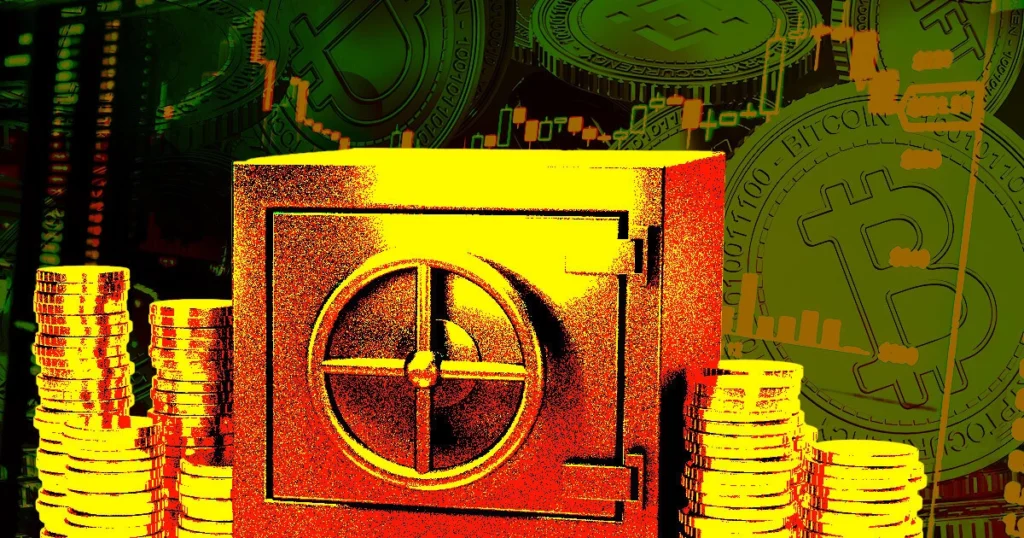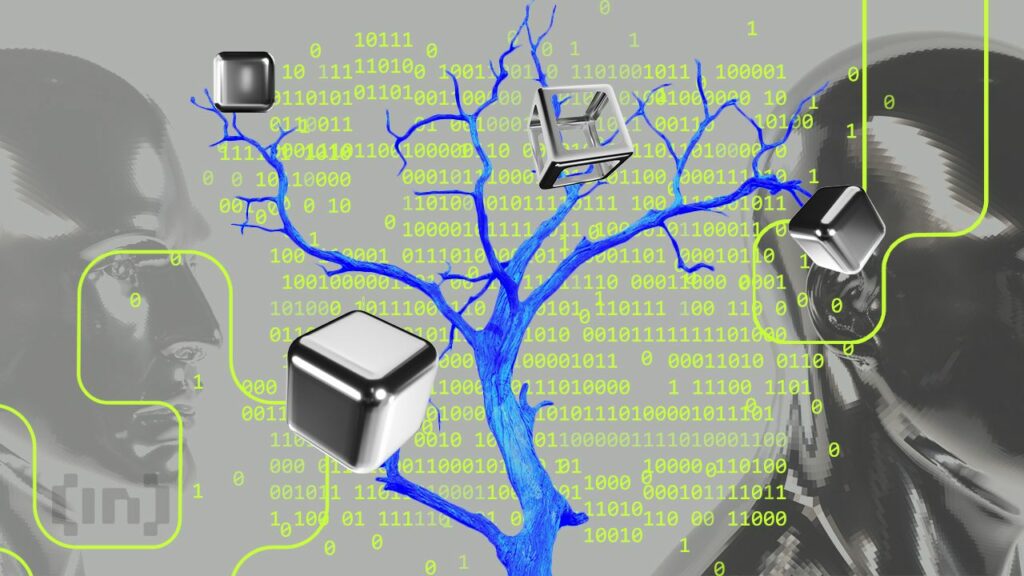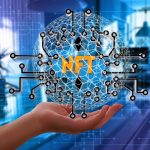The effects of the collapse of FTX deeply shook the cryptocurrency market. The collapse of FTX mobilized the leading companies of the industry. As a result, they did reviews so their customers could pay when they panicked. Industry leaders have touted the “Proof of Reserves (PoR)” mechanism as a way to boost investor confidence. But will PoR be sufficient protection against the risks posed by FTX’s bankruptcy?
Experts are not as sure as Binance CEO Changpeng Zhao on this issue. Binance, the world’s largest cryptocurrency exchange by trading volume, has promised to switch to a PoR mechanism similar to other exchanges. cryptocoin.com As we have reported, CZ talked about this new generation consensus mechanism in a statement he made. CZ underlined that PoR will provide “full transparency” between exchanges and customers. So what is Proof of Reserves that many investors wonder? Will PoR protect Binance and other exchanges from the big crash? Let’s examine it together.

What is Proof of Reserves (PoR)?
Proof of Reserves is a consensus mechanism, just like Proof of Work. According to this mechanism, a third party executes the PoR to verify if the assets are actually there. Thus, it becomes possible to present detailed data on where a customer’s assets are located. PoR can also show customers that their money is still in their account and has not been loaned out. However, this is not data that explains the whole picture.
Experts say the mechanism gives a brief snapshot that is likely to be misleading. Users can see where their assets are, but cannot access details about key risks. According to experts, this means that customers cannot have an idea of events that are likely to cause problems. Uphold Blockchain and head of crypto research Martin Hiesboeck says PoR has two big problems.

“PoR mechanism has two big problems”
According to Hiesboeck, Proof of Reserves “appeared as a new way to recover user funds”. However, this mechanism has two major flaws. First, the PoR shows the balances at a given point in time. However, it does not take into account any inflow and outflow movements of assets that will create an instant balance. For example, Hiesboeck pointed to a user who accidentally transferred $400 million worth of crypto to a different exchange. Some skeptics say that PoR may support such false transfers.
Second, according to Hiesboeck, there is a noticeable gap in PoR. This is due to the absence of liabilities, which makes assets appear misleading. Regarding these liabilities, the expert asks, “Have you ever seen a company balance sheet that does not include passive expenses?” he asks. Ahmed Ismail, CEO of liquidity aggregator Fluid, is also skeptical of the new mechanism. According to him, the PoR still has trouble telling if client funds are mixed with company funds. However, Merkle Tree Proof of Reserves may be the solution to this problem.

Does Merkle Tree Proof of Reserves protect Binance and others?
Another possible solution being launched is a Merkle tree PoR mechanism that works in real time. Merkle tree encodes blockchain transactions more securely. It also works with a data structure that tracks assets from their source to their destination. This Proof of Reserves mechanism seems to provide better protection against threats. Even so, exchanges can endanger customers’ money by lending to riskier users. Rishabh Gupta, director of operations at TDeFi, said:
“Even such a monitoring mechanism will not fix exchanges’ custody solutions. Binance and others may continue to fund borrowers who are likely to be unable to repay the loan. Such events require governance to ensure that funds are used appropriately.”




